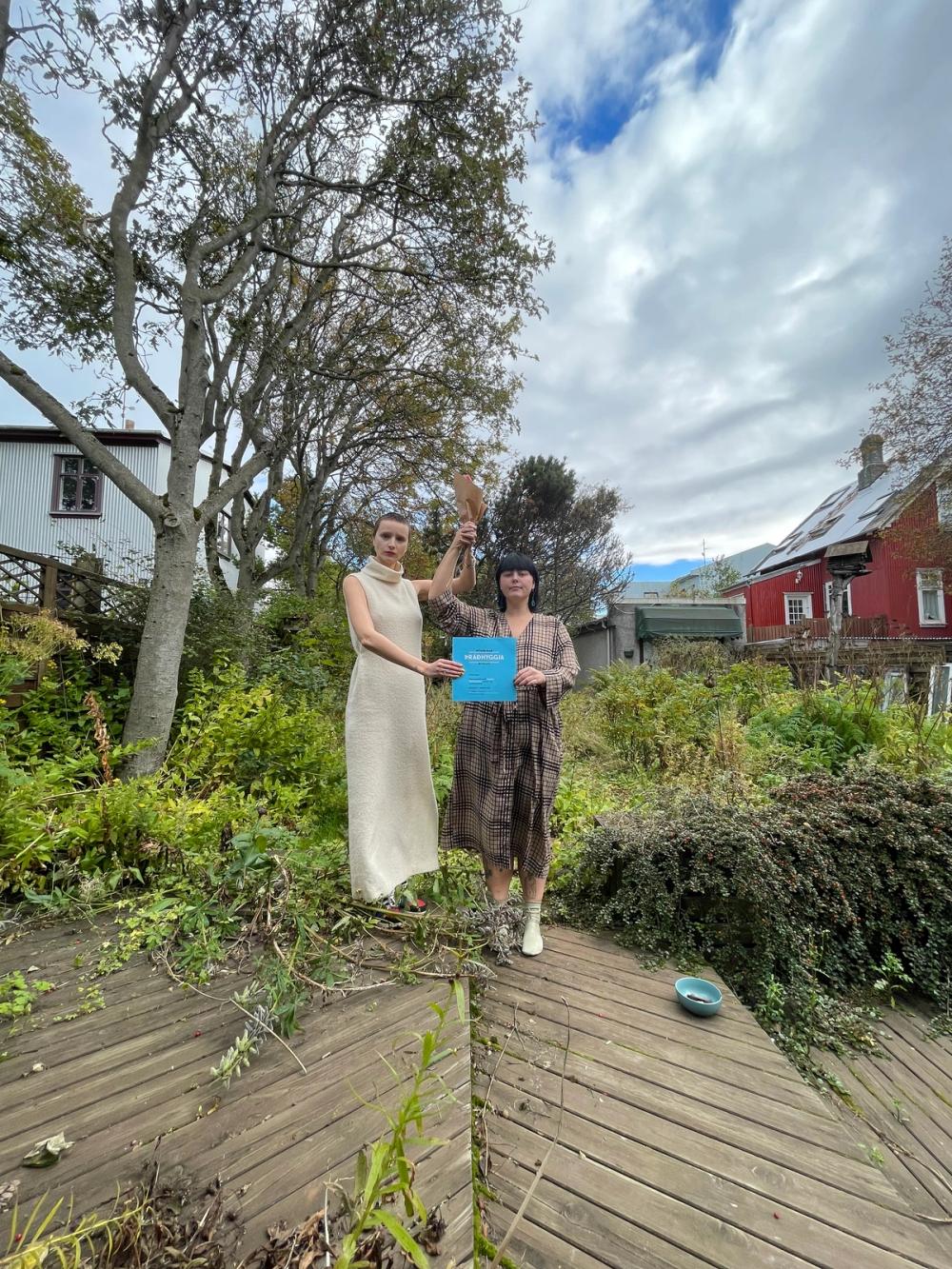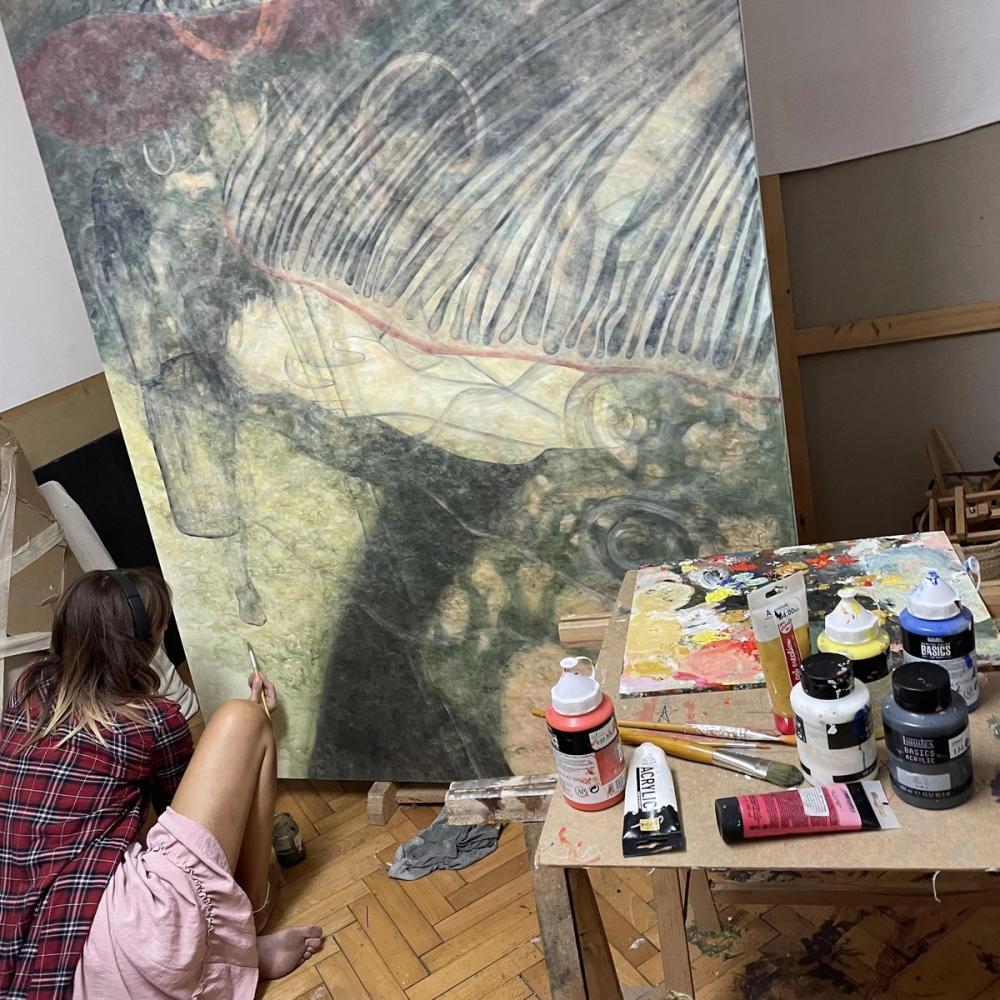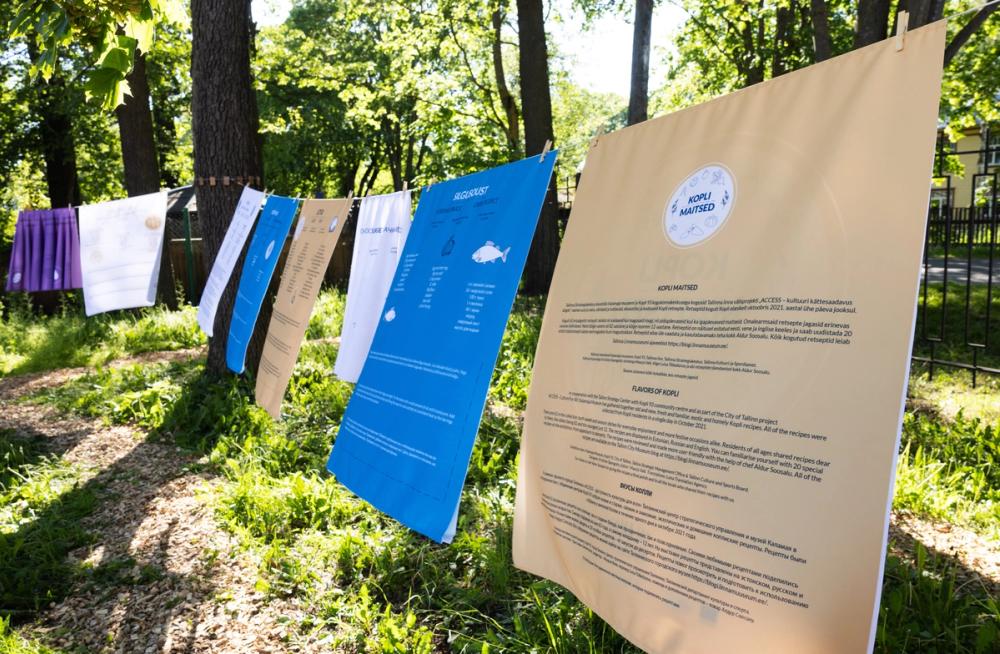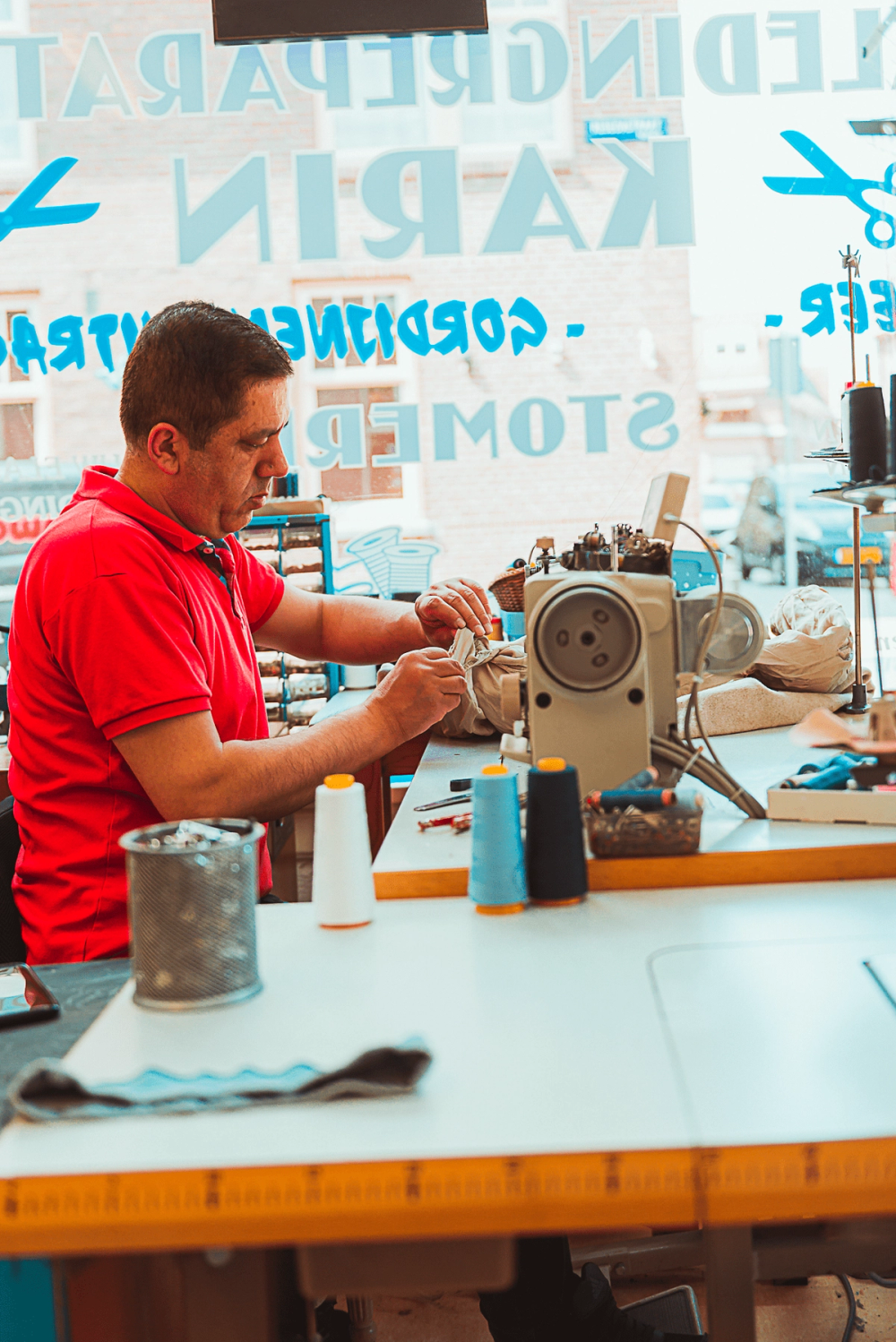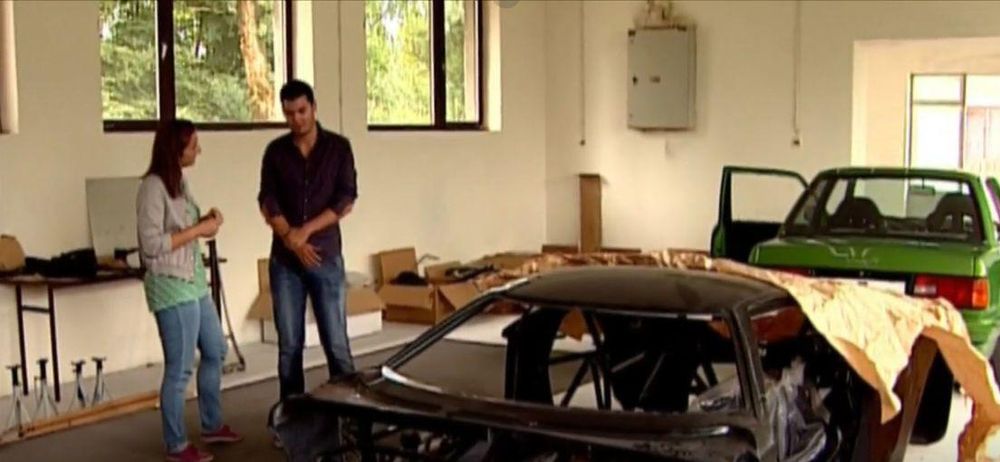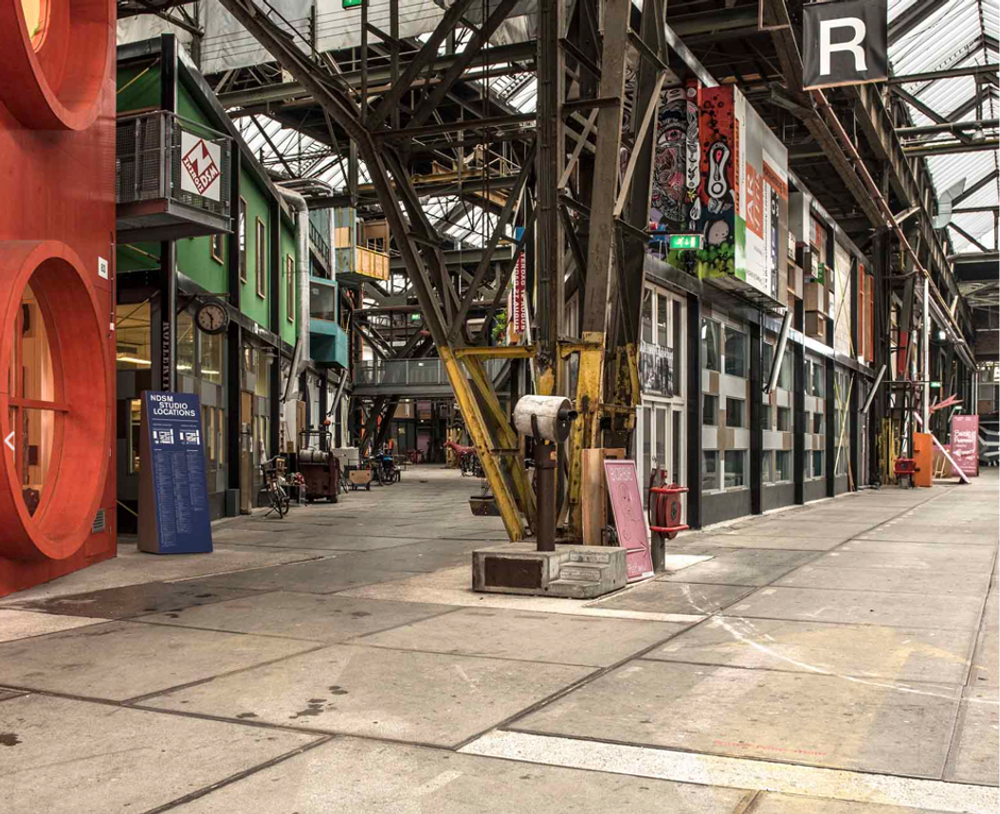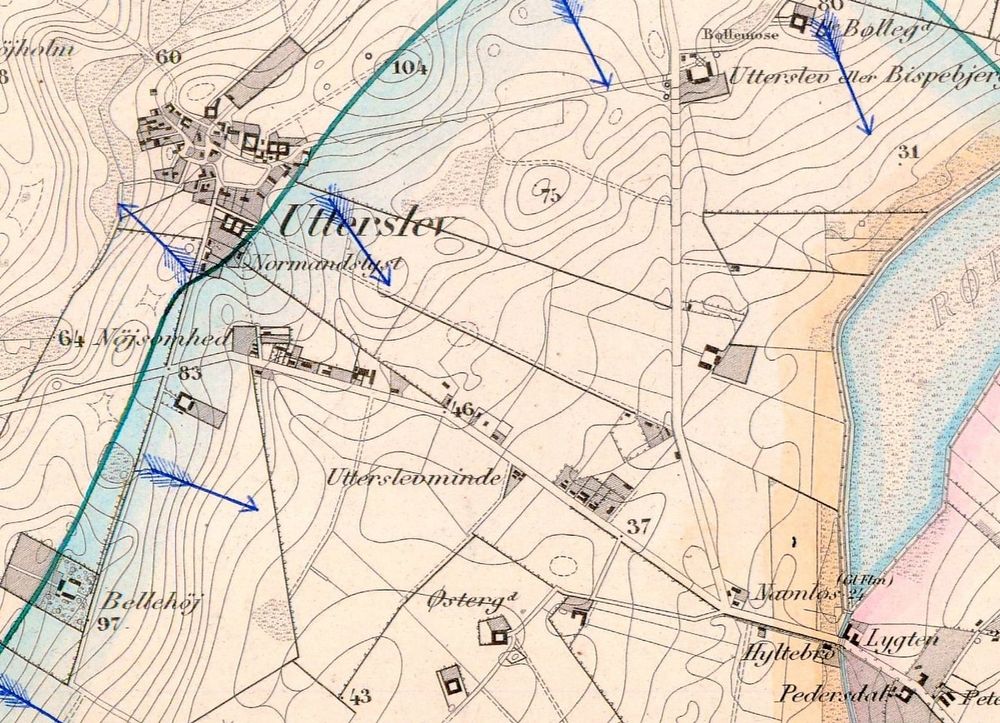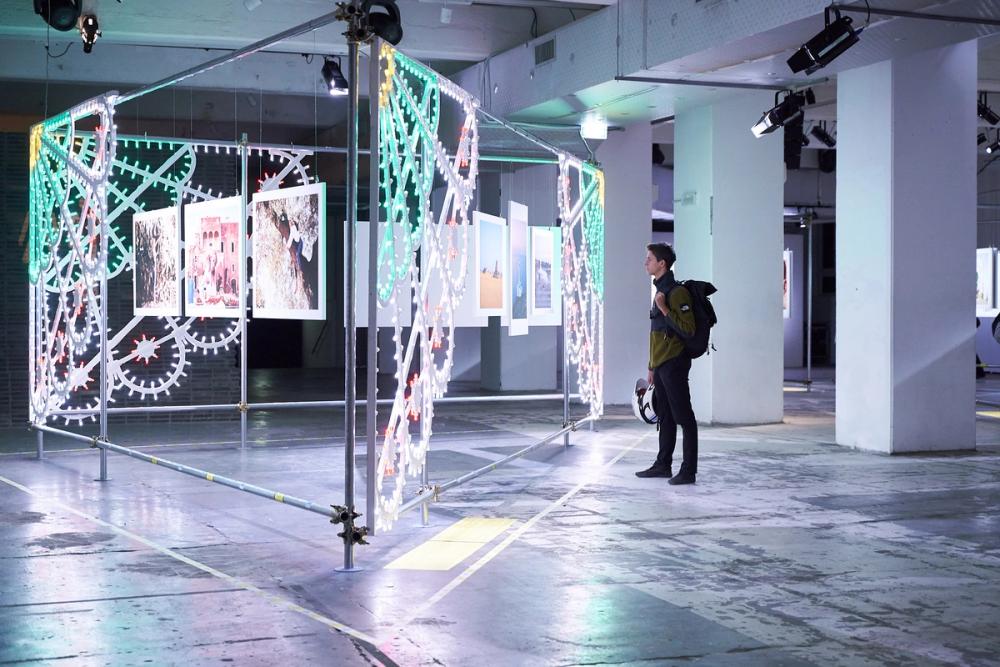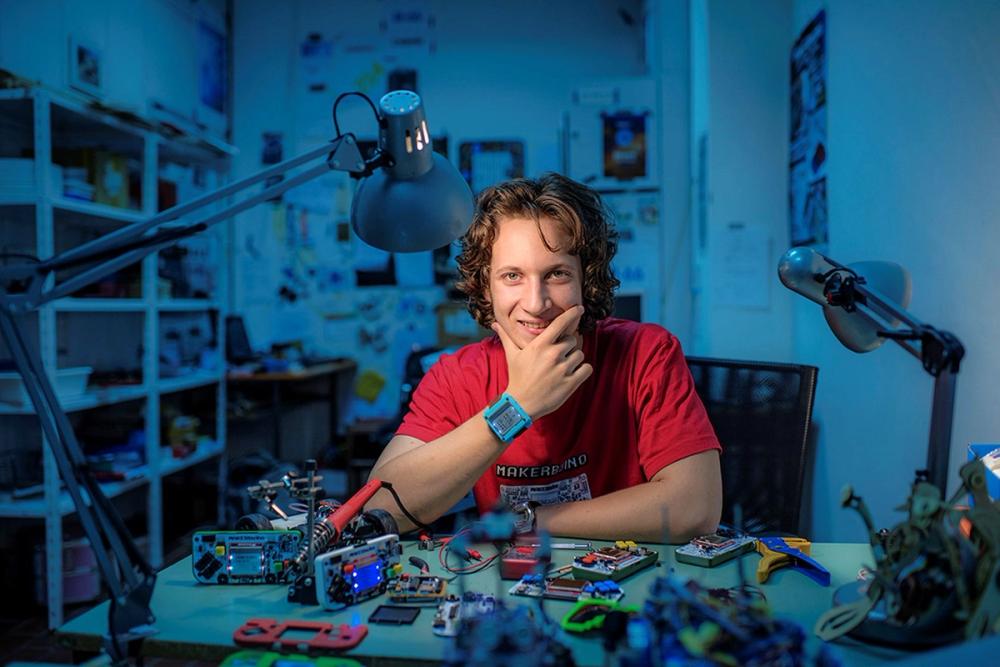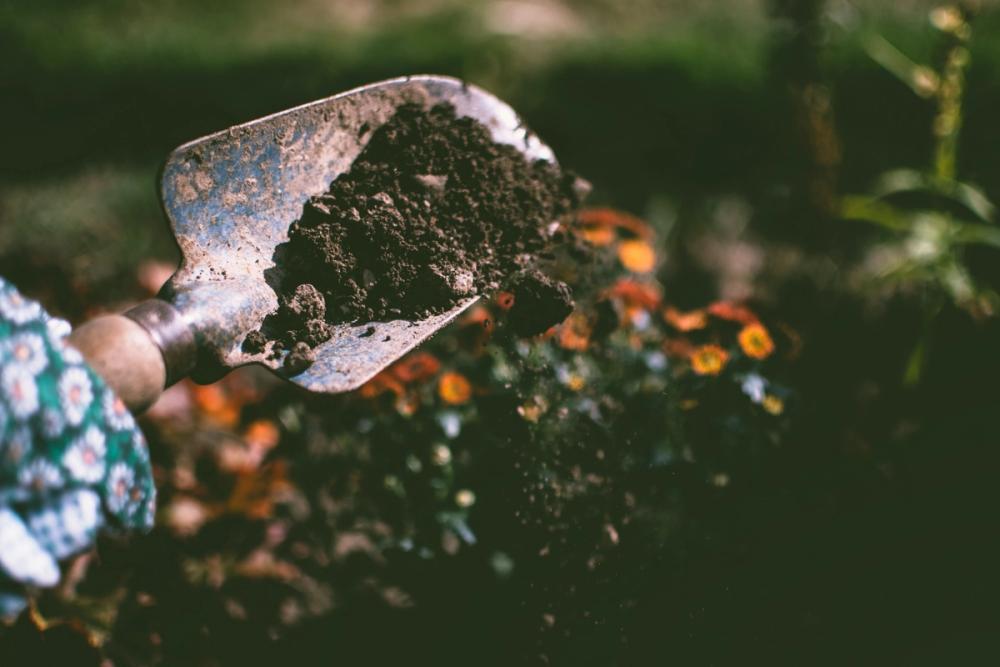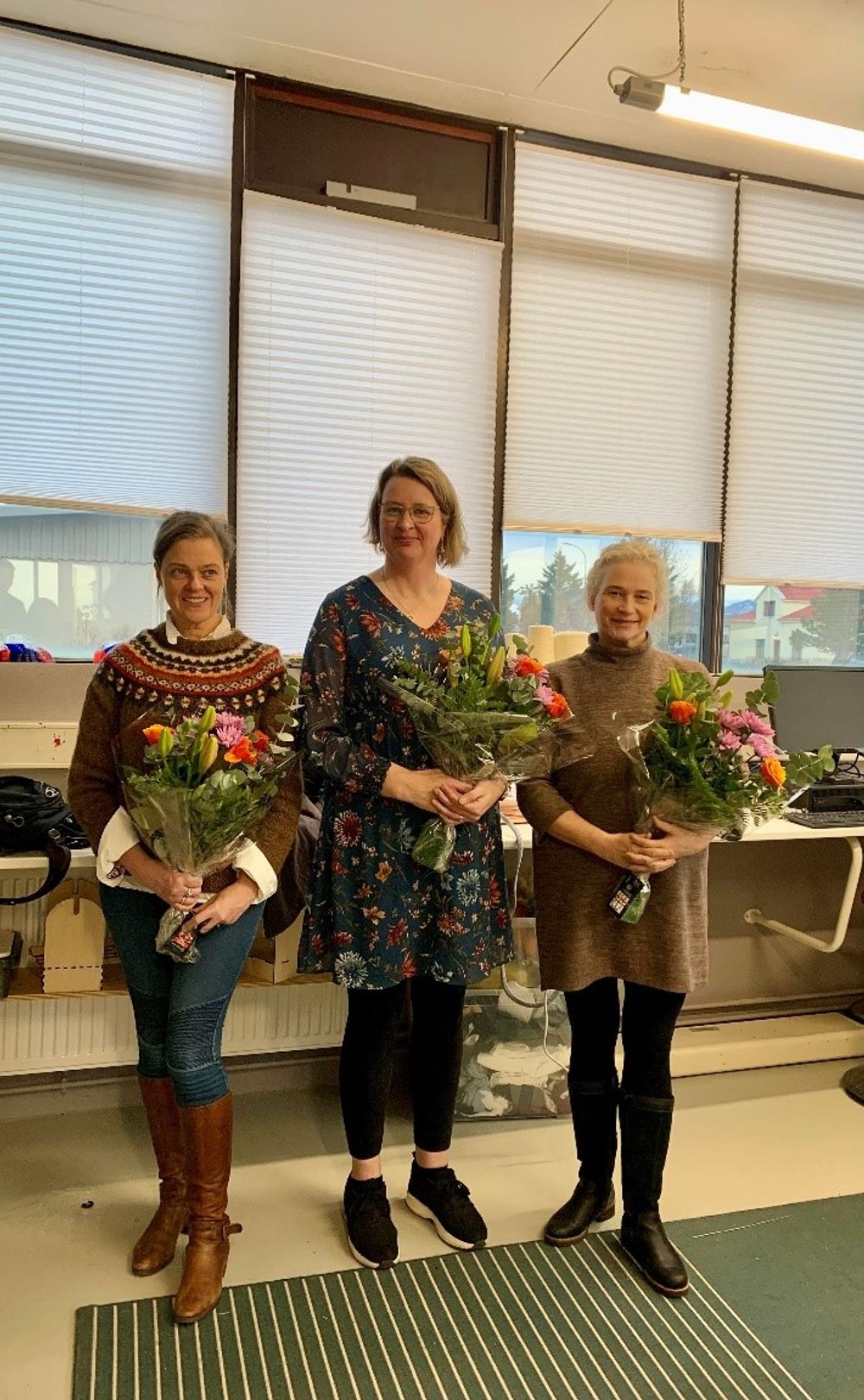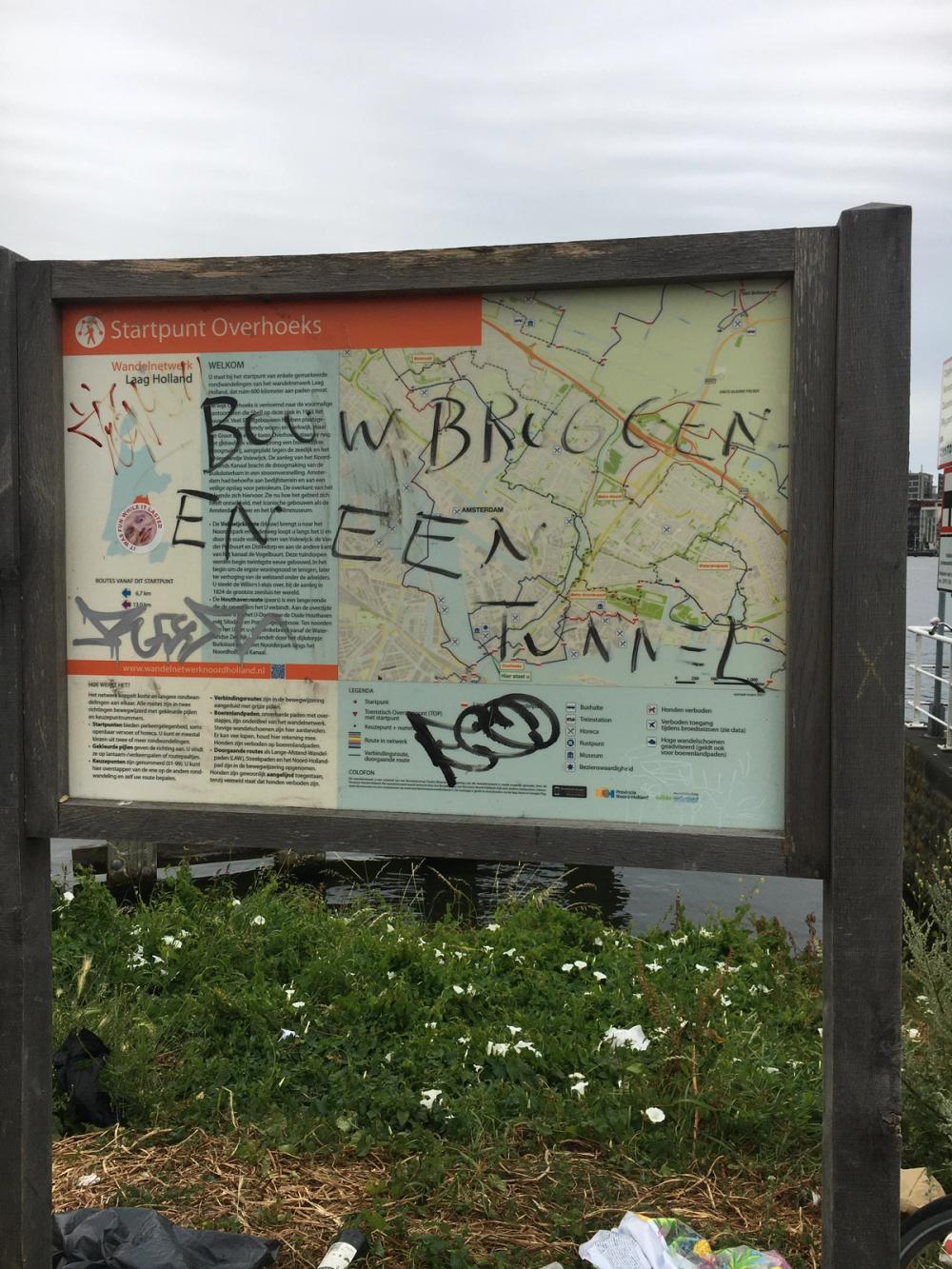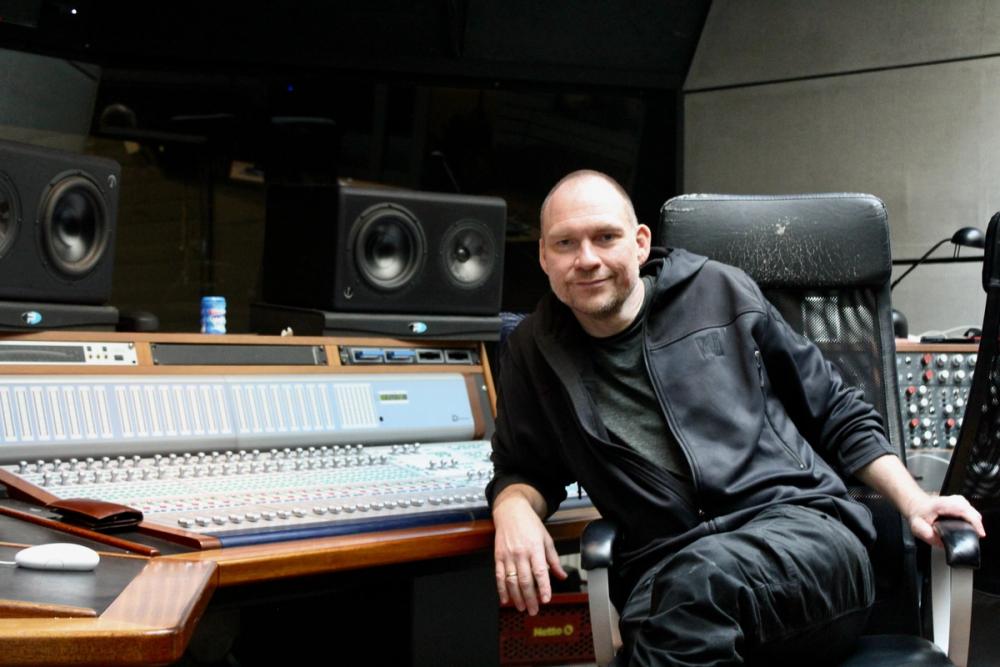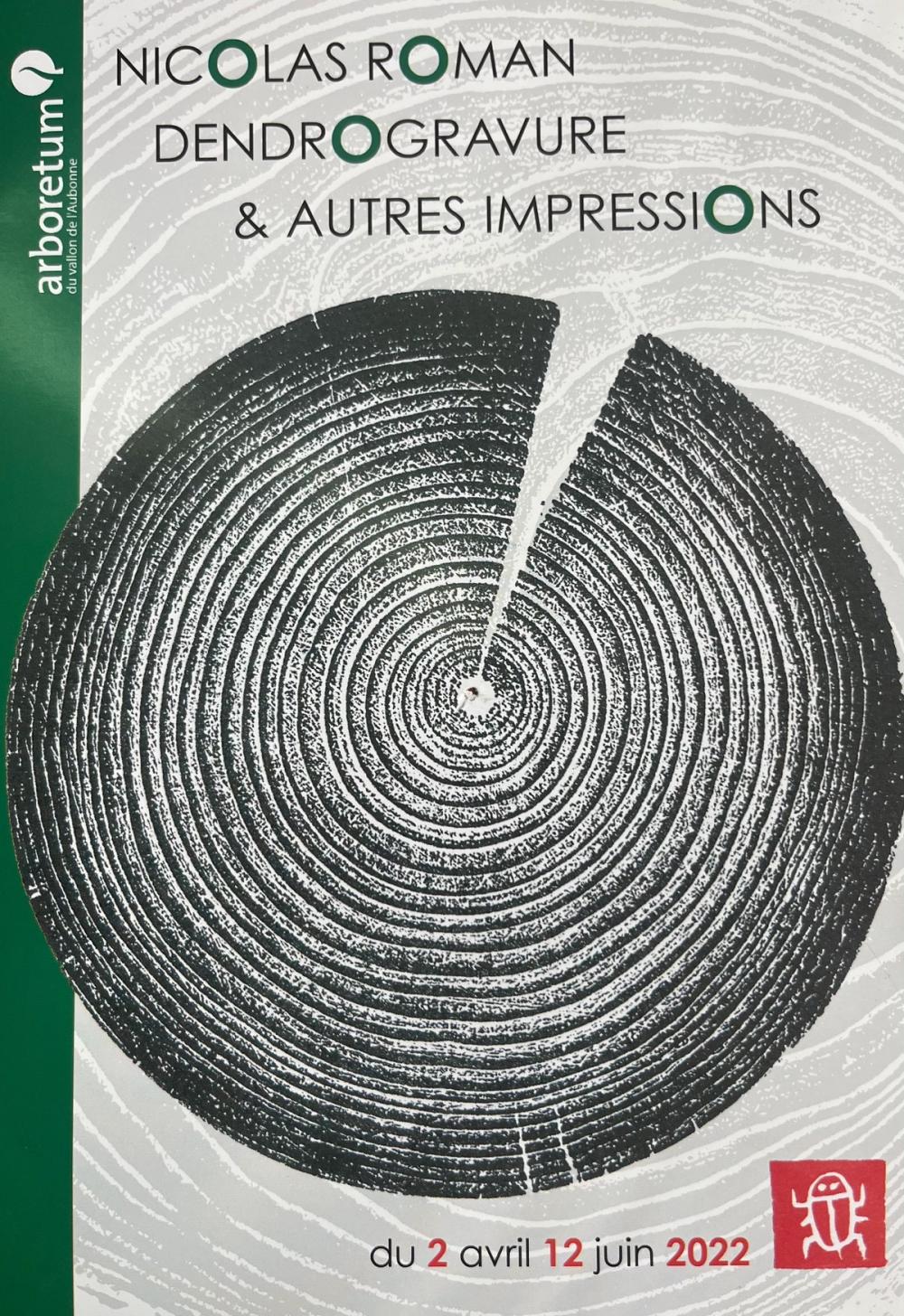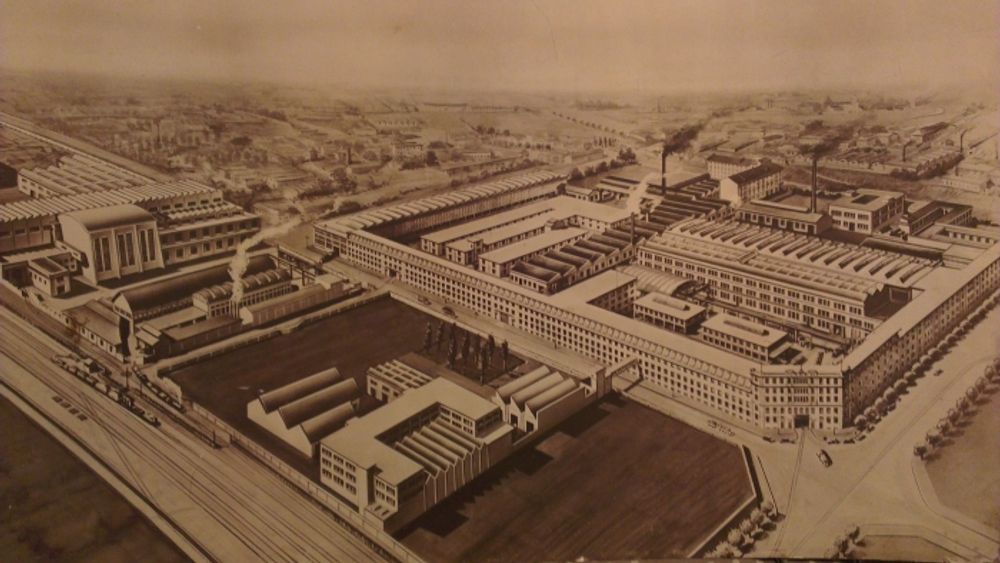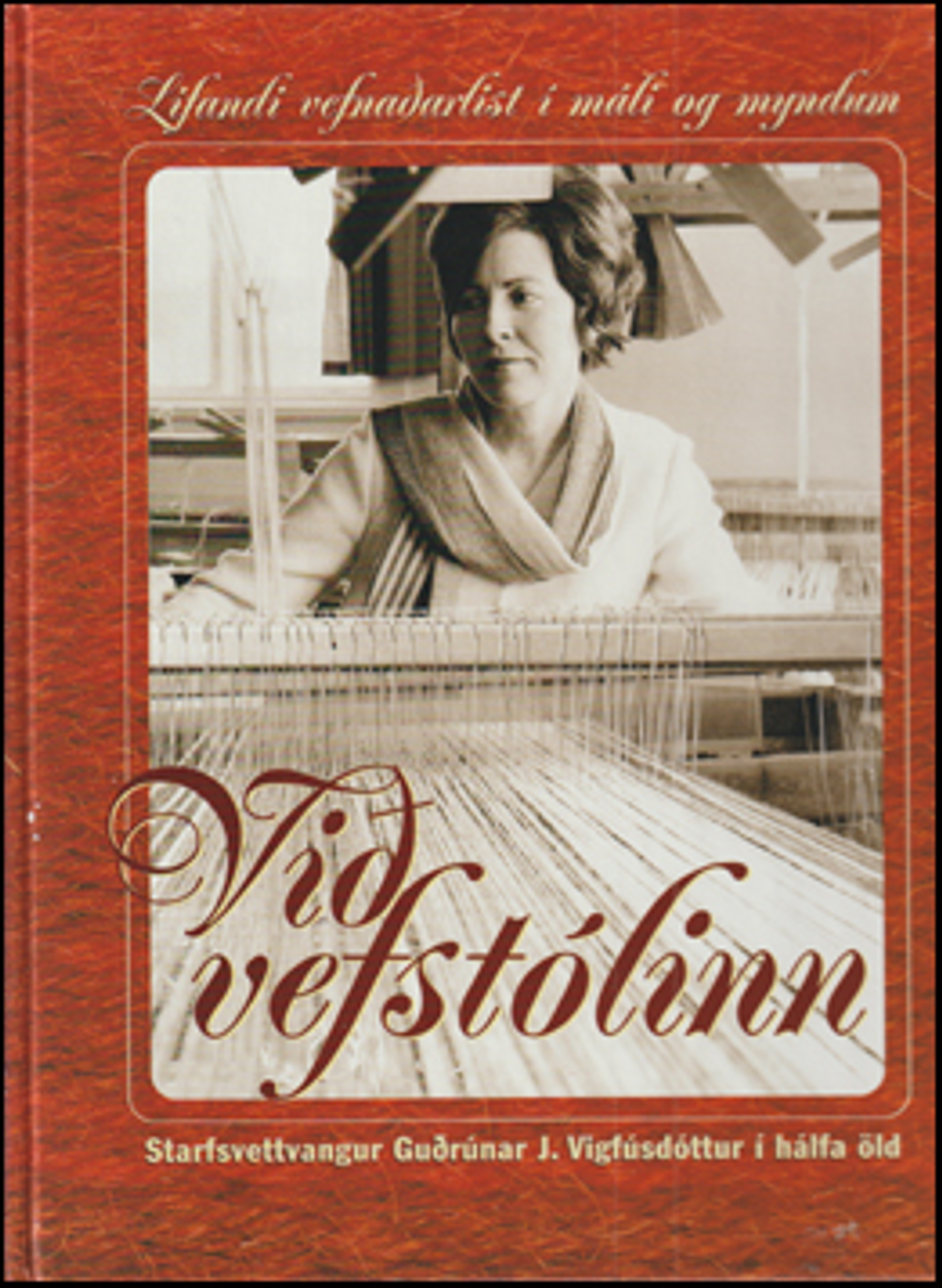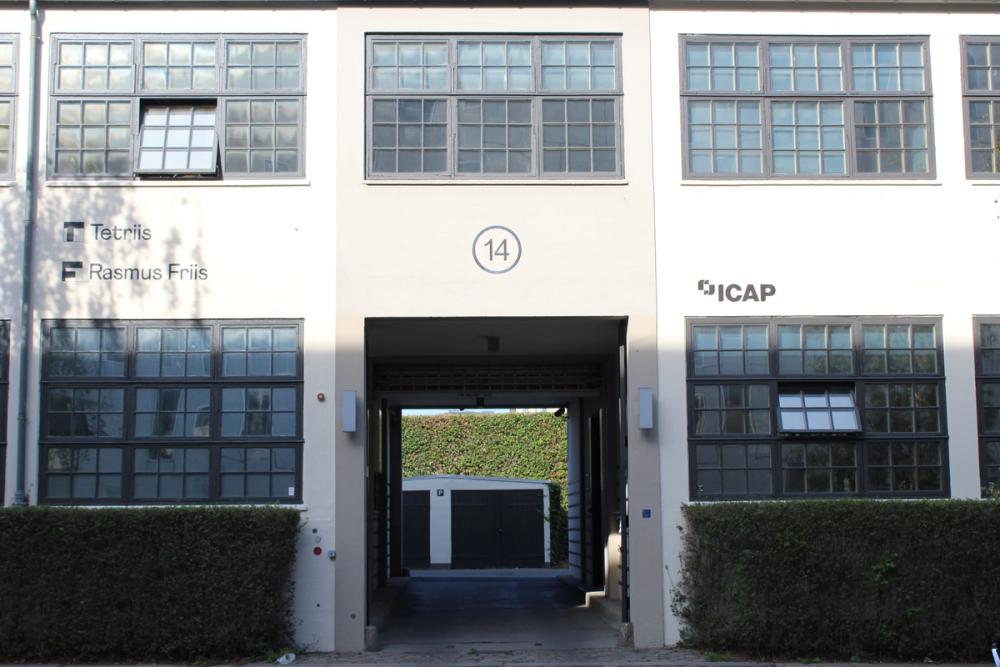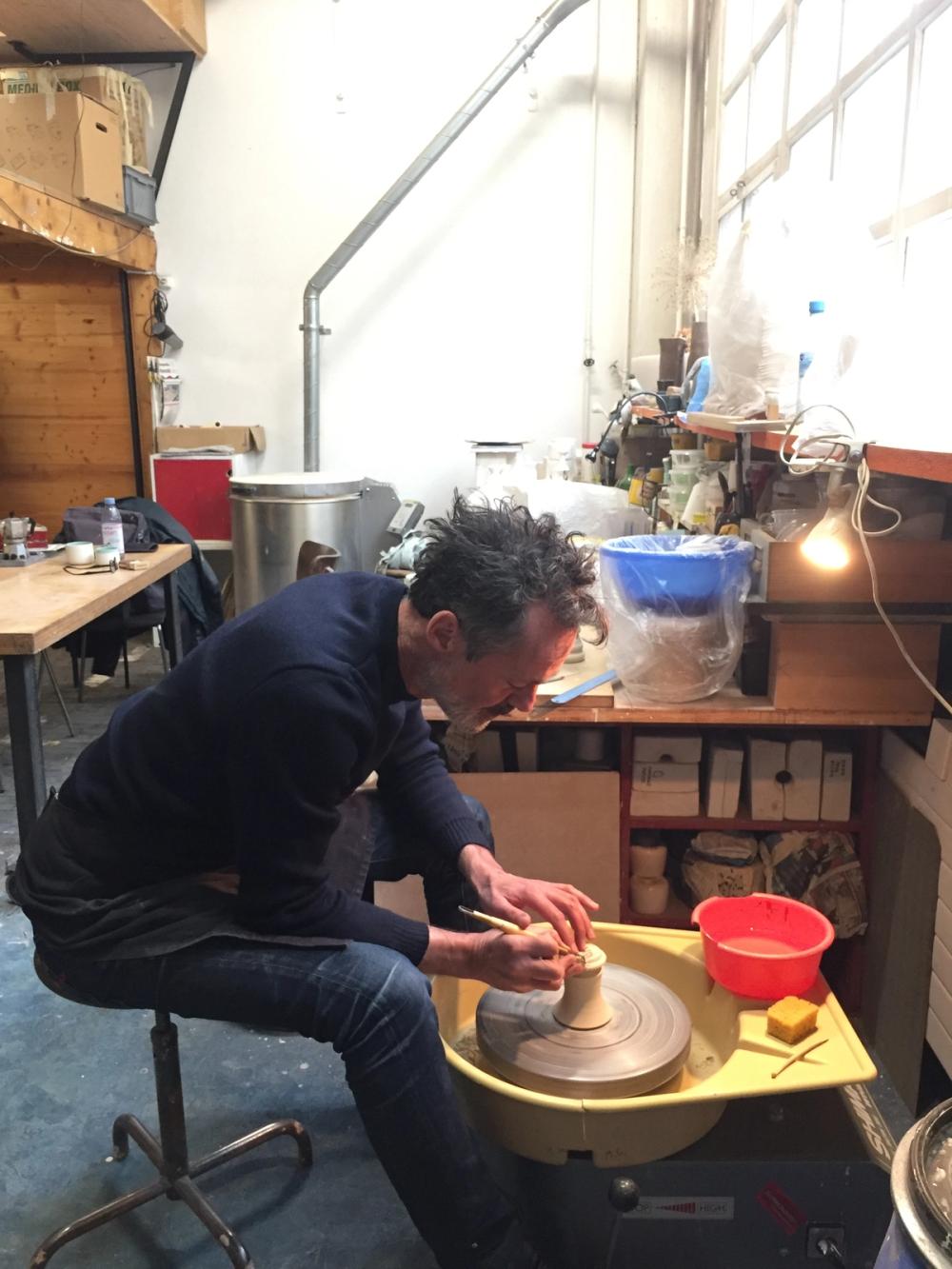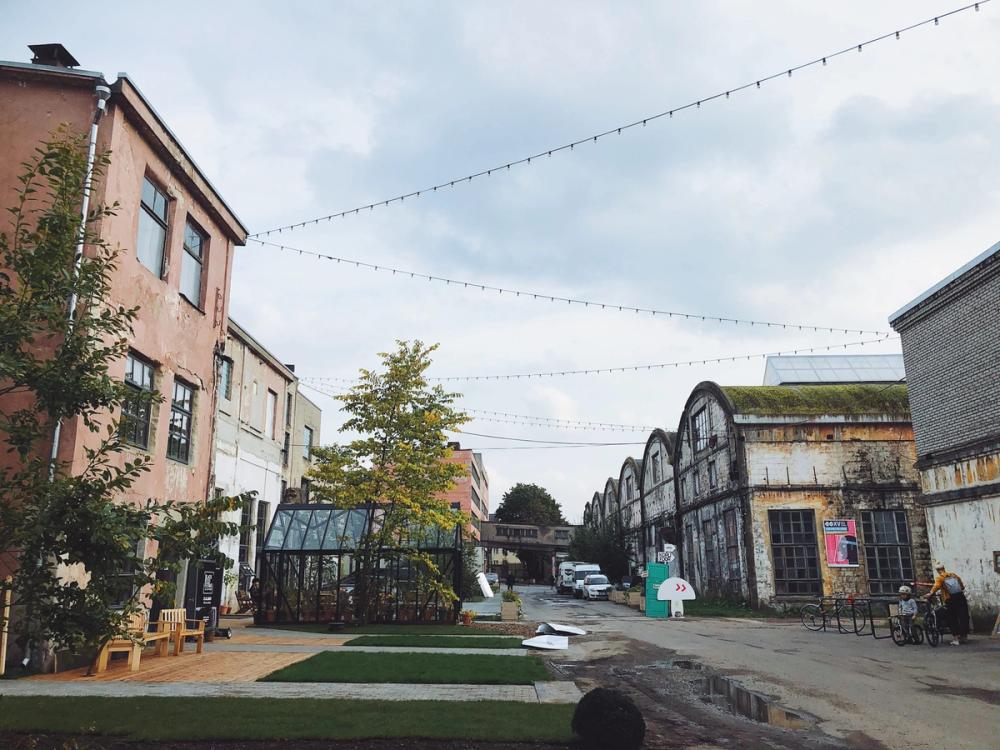It was a gray and humid day in Milan, in the heart of the 1980s. In the Tortona area, famous for its factories and smoking chimneys, stood the old Ansaldo factory. After decades of activity, the time had come for its permanent closure. And it was also my last day of work there. My name is Pietro, and I spent most of my life in that factory, skillfully and dedicatedly working with metals. I had seen myself grow in its workshop, surrounded by the melody of machinery and the warmth of the blast furnaces. But now everything was changing. Technology was advancing, production processes were being modernized, and old establishments like Ansaldo were disappearing. As I completed the final tasks assigned to me, my mind wandered between memories and thoughts about the future. My life had been shaped by the rhythm of that factory, and now I wondered what would happen without it. How could I adapt to such a different reality? As my eyes scrutinized the gears of the enormous machinery that were about to be shut down forever, my heart filled with sadness. But I wasn't only sad for myself. I also thought about what the factory's closure would mean for the neighborhood. Ansaldo had been one of the main sources of employment for the local community. Many residents of Tortona relied on those walls to make a living. My mind went back in time when the streets were full of workers heading to the factories, the taverns were crowded with workers replenishing themselves after a hard day's work, and children played in the streets with the smoke from the chimneys as a constant backdrop. Now, everything seemed destined to change. The closure of Ansaldo would bring an atmosphere of uncertainty and unemployment. The neighborhood would have to reinvent itself to survive. As I left the factory for the last time, with my eyes still moist, I stared at the sign that said "Ansaldo" disappearing on the horizon. It was the symbol of an era that was fading away, but I was aware that even amidst the sadness, there were opportunities. The Tortona neighborhood could undergo unexpected rebirth. The abandoned factories could become spaces for artists and creatives. The streets, once crowded with workers, could transform into vibrant pedestrian areas with fashion shops and art galleries. The neighborhood could embrace new creative industries, promoting innovation and contemporary art. The closure of Ansaldo could be a launching pad for an unexpected rebirth. As I walked the streets of Tortona on my last day of work, I envisioned a bright future for the neighborhood. The old warehouses could become exhibition spaces, the inner courtyards venues for cultural gatherings, and the abandoned buildings shelters for artists seeking inspiration. Tortona could become a center of creativity and innovation, attracting visitors from around the world. While reflecting on these possible scenarios, I realized that I, too, had the opportunity to reinvent myself. My skill in working with metals could be applied in new contexts. Perhaps I could open a small artisan workshop, creating unique artworks using the materials I had come to know so well. The closure of the factory offered me the freedom to explore new horizons.
what the archive is about
The Living Archive explores the potential of (post)industrial heritage to transform production in our cities. We collect stories with participatory heritage methods. The nodes for the local collection efforts are Fab City Hubs (FCH). The collection has been carefully assembled by FCH teams who have been learning about, co-creating and applying participatory heritage-making approaches, emotion networking methodology, oral history principles and creative perspective-taking. Select tags and categories to filter stories in the archive below. Explore their connections in the network graph.

